San Francisco’s fabulous Stud bar is back and bigger than ever
San Francisco's iconic gay bar is back and, quite literally, bigger than ever.

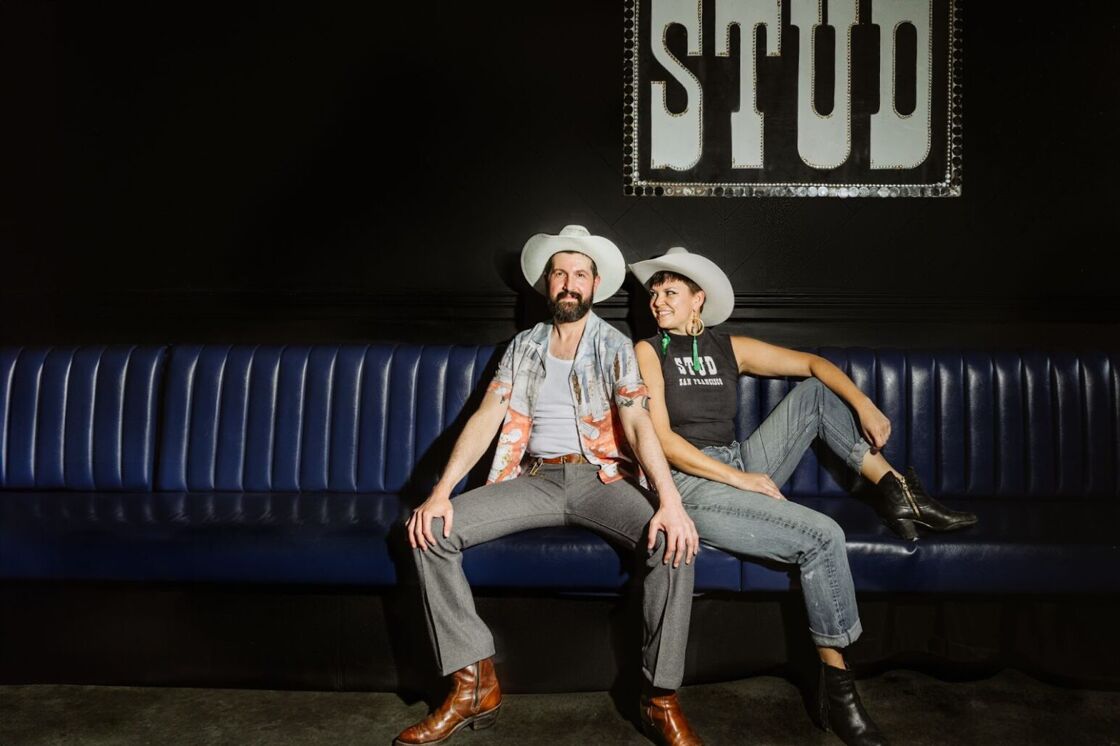
The Stud, San Francisco‘s iconic gay bar, is back and — quite literally — bigger than ever.
Opened in 1966, this is the bar’s third incarnation, and the first after closing down for what many feared would be for good.
But like a gay Lazarus risen from the ashes of Folsom Street, The Stud returned in April 2024, on the same South of Market street where it first opened almost 50 years ago.
To celebrate the club’s return, we spoke to members of The Stud collective, who provided a guided tour and a dive into its history, which parallels the LGBTQ+ equality movement in the city.
It’s that half-century of LGBTQ+ history that’s made both San Francisco and The Stud the gold standard for inclusiveness since those first, early days of Gay Liberation in the late 1960s.
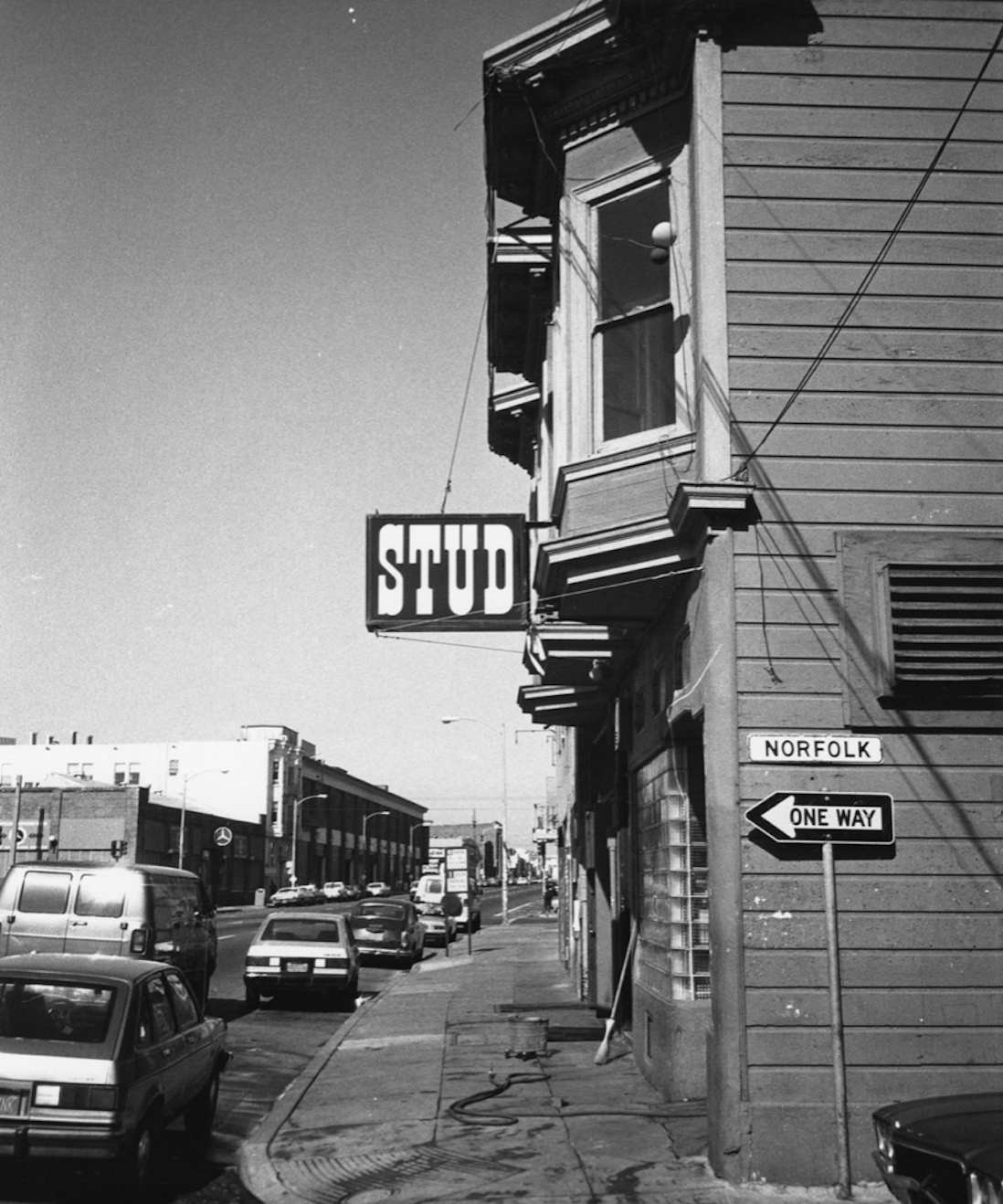
The Stud opened on May 27, 1966, on Folsom Street at Norfolk, in the South of Market neighborhood now designated the city’s Leather and LGBTQ Cultural District. The space was previously home to the Gypsy Jokers motorcycle club; the former owner had to sell after he’d been busted for selling booze to minors.
The Stud’s founder was George Matson.
“I was becoming a hippie,” he recalled in a 1994 interview. “I put up psychedelic posters in our place, and people came in and seemed outraged to see this guy with long hair behind the bar. A year later, though, they’d come in with their hair long. We ran it as a bar for people, not just pretty bodies.”
“A lot of women also came,” Matson added, “and said it was the first gay men’s bar that they felt comfortable in.”
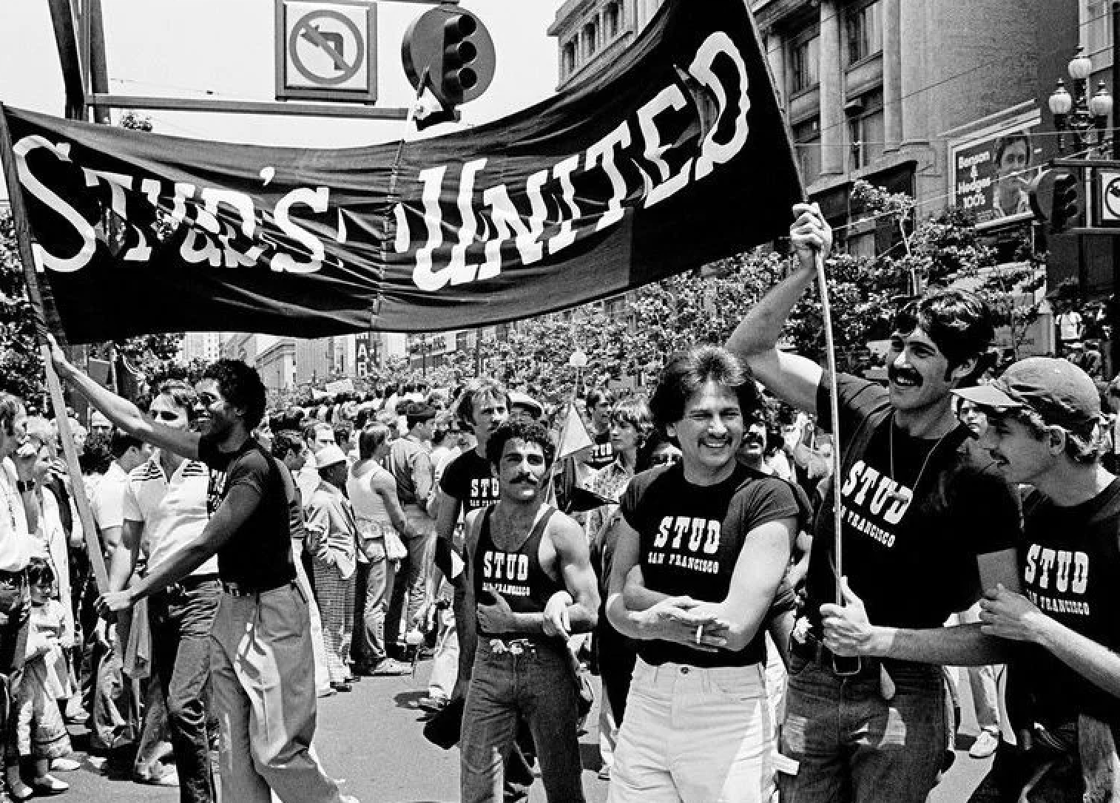
The Stud was purchased by Jim “Edie” Fleckenstein in 1974 and passed on to his longtime boyfriend, Larry Holloway, aka LaRue.
Edie had been a DJ at Hamburger Mary’s, another iconic gay destination across Folsom, “while I was a janitor at The Stud,” LaRue recalled in a history of the bar by Mark Freeman. “He used to come over and play pinball. Then we’d challenge each other at pool. One day, the prize was my bootie.”
Monday’s Punk Nights at the bar stood out for LaRue.
“They were always exciting, some even more than others.” He recalled White Night, the riot at San Francisco City Hall after Supervisor Dan White got minimal sentencing for shooting and killing Mayor George Moscone and Supervisor Harvey Milk.
“It was one of the most memorable because they all came to party after the riot at City Hall, and it just happened to be on a Monday. I don’t recall anybody bleeding, but there was a lot of slam dancing.”
Related
A queer-approved guide to 24 hours in San Francisco
This guide for a quickie trip authentically sets you up to fall in love with San Francisco at its best.
Celebrities have been a ubiquitous part of the distinctive Stud cocktail since the beginning.
There was the time, for instance, with Two Tons of Fun and Sylvester on stage after a “Gay Day” parade. Etta James once played a set, fueled “on a whole bottle of Remy Martin and who knows what else,” LaRue recalled.
“Wayland Flowers used to come in with his ventriloquist doll, Madame, all dressed up as a punkette on Monday nights,” while Siouxsie Sioux stopped by just to play pool whenever she was in town.
It was on another Punk Night that Dianne Feinstein, the San Francisco mayor and future U.S. Senator, came in.
“She was campaigning, shaking hands before the election the next day. It was brave of her to show up on a Monday. And all the girls yelled, ‘Hi Dianne, love your hair.’ But when I put on the most popular dance song of the day, the Ramones’ hit ‘I Want to Be Sedated,’ a cheer went up, and poor Di thought it was for her!”

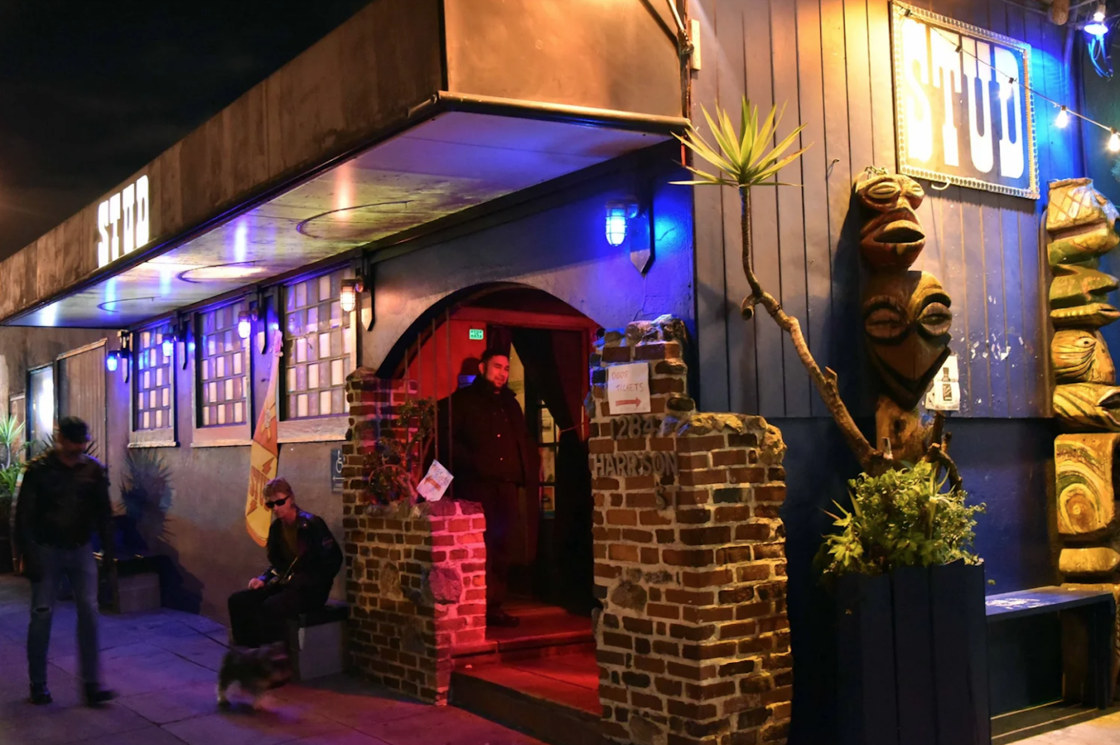
In 1987, The Stud moved to Harrison Street, carrying the sign on the door proclaiming “All Welcome,” reaffirming the bar’s tradition as an inclusive venue.
Fierce queer fun was the motto for the ’90s, with DJs playing everything from Dolly Parton to Motorhead. There was even one memorable night of klezmer music with a mosh pit.
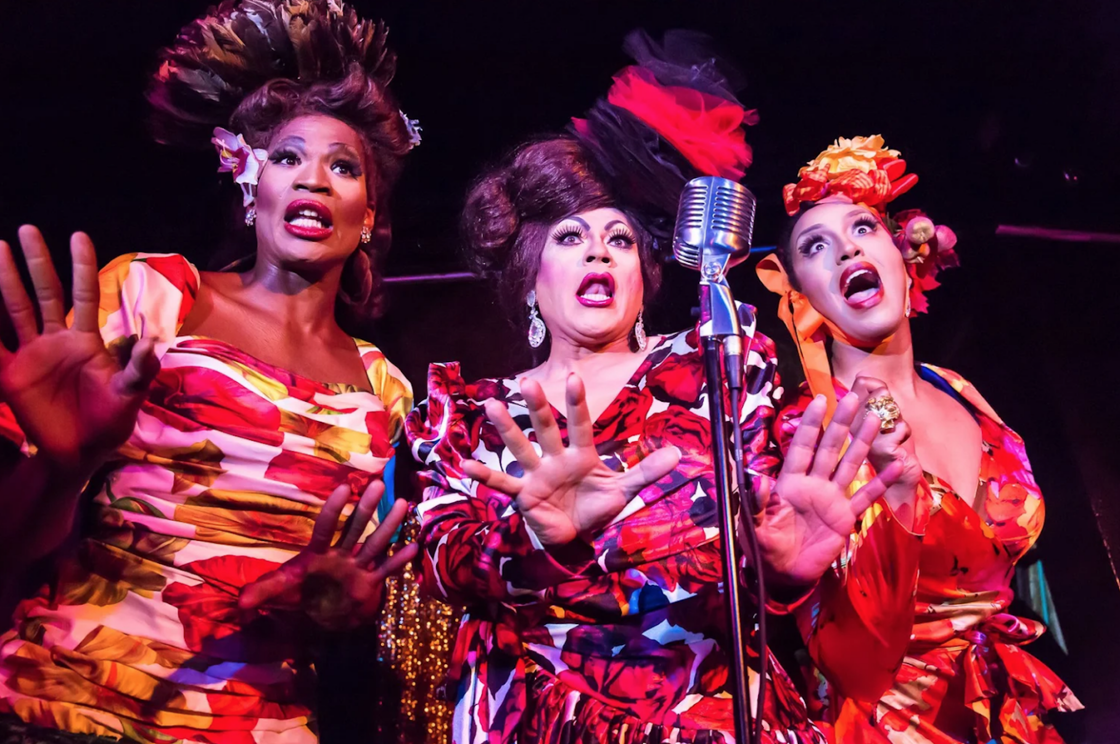
But it was drag queen Heklina’s Trannyshack that defined the era.
As the death toll from AIDS among her friends mounted, “Trannyshack rose out of the ashes of all that grief,” she said in the documentary “Filthy Gorgeous: The Trannyshack Story.”
Rage over the government’s inaction at the time was epitomized with a performance by drag artist Dear, who slowly pulled a full-sized American flag out of her bussy.
Special guests at the weekly event before they became international names included Ana Matronic and RuPaul, and even 70s-famous Charo, a drag inspiration that sent the crowd wild.
In the 2000s, Björk would show up at The Stud with her then-boyfriend artist Matthew Barney and DJ sets with back-up from local group Matmos. Lady Gaga was sighted more than once, adding to The Stud’s national reputation as everyone’s “Most Fun Gay Bar.”
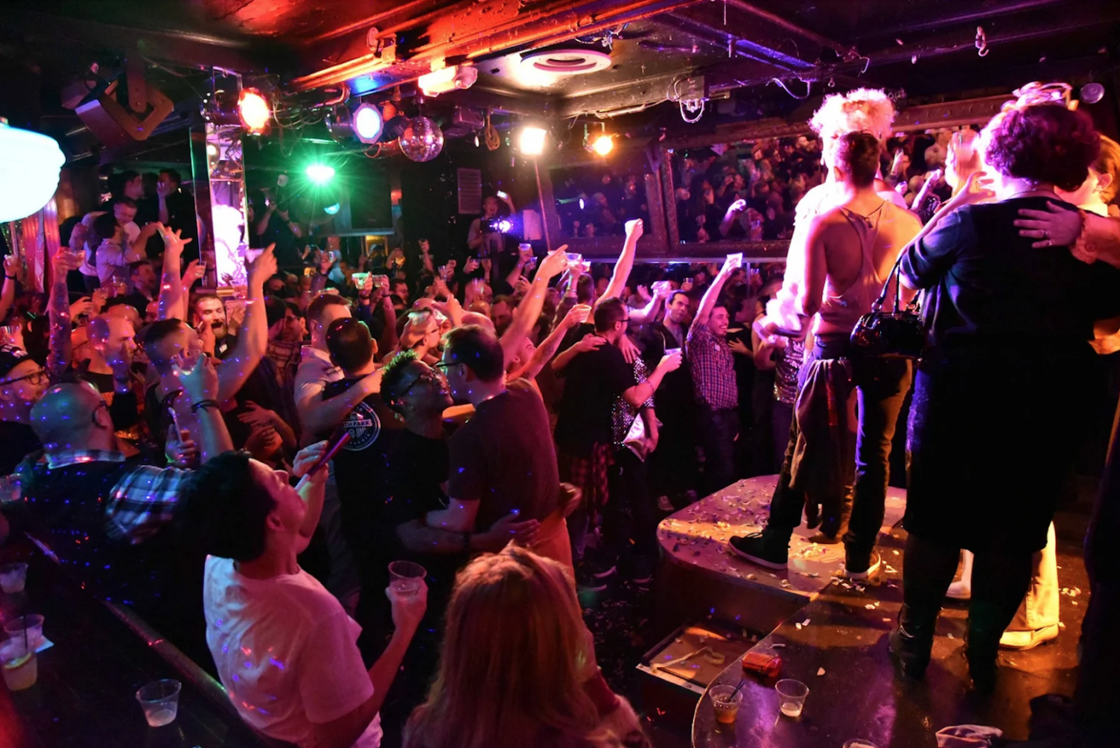
That image was burnished with parties like Drag Alive, Other Stranger, horror-themed Stereo Argento, the provocatively named VivvyAnne’s Grand Opening, Latin-themed night Macho Macho, and the John Waters-inspired Desperate Living.
One night, the purposely strange Awooga party featured 6’6″-in-heels queen Abominatrix nude in a glass coffin.
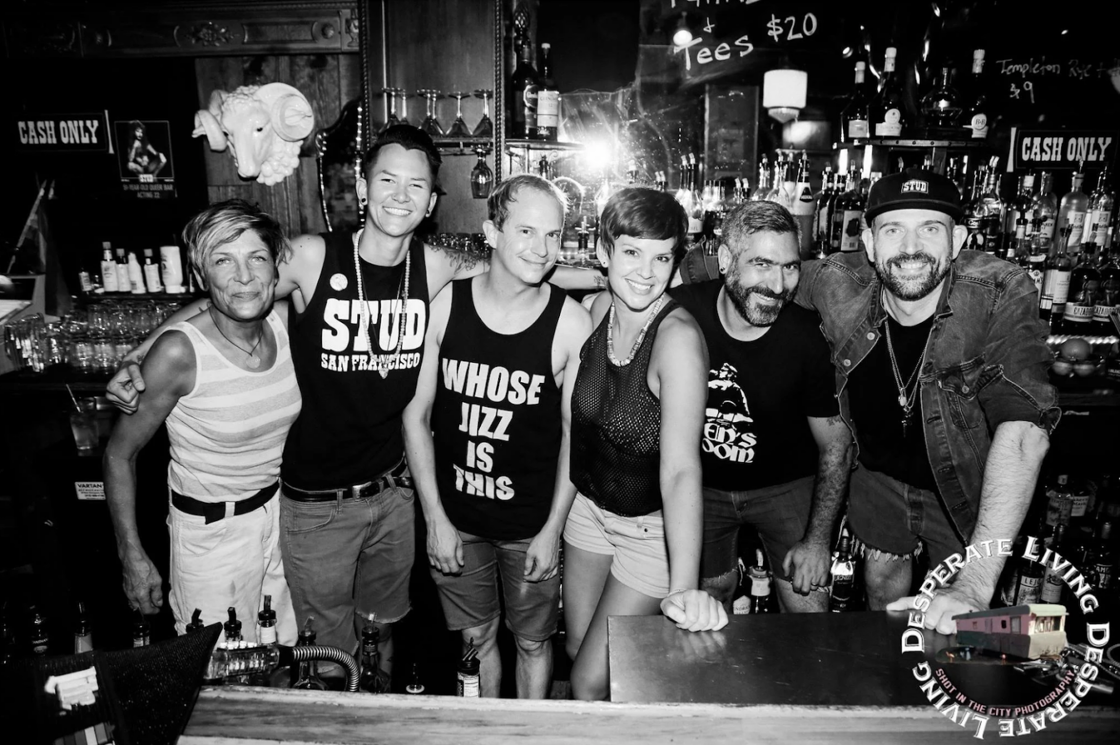
In 2017, The Stud made more history when the bar was bought by a collective of 17 staff and friends, making it the first cooperative gay bar in the country.

But three years later and just months into the COVID pandemic lockdown, The Stud was forced to close. An online “funeral” featured remembrances by drag royalty, including Heklina, Honey Mahogany, Peaches Christ, Juanita MORE!, and Justin Vivian Bond.
Four long years later, The Stud rose again.
With an outpouring of community support, The Stud Collective raised enough money to reopen at the bar’s third location, back on Folsom Street just blocks from where the story began.
The new space is evolving, according to Rachel Ryan, The Stud’s general manager, longtime staffer, and one of the owners. Construction has been ongoing, and with every renovation, the bar gets bigger; they finally just tore out the old kitchen to make room for The Stud’s biggest dance floor yet.
The bar will eventually top out at around 4,000 square feet, Ryan says.
Meanwhile, the parties multiply.
Perrennials include Fake and Gay, Truck with Slutty Disco, GRUNT (for “Big Beats, Big Guys, Big Sleaze, and Big Vibes”), sweet lesbians’ Disco Honey, twink-flavored FLOP, towel-clad Steam, Dom Pop Disco, Trans Masc Tuesdays, Altear (for those who love to worship), THICCMAS (an “all fat, all trans” cabaret), day-drinking Sweet Tooth, and Beefwitch, the “occult underwear party featuring techhouse and witchy girl pop by DJ NaughtyBoyy.”
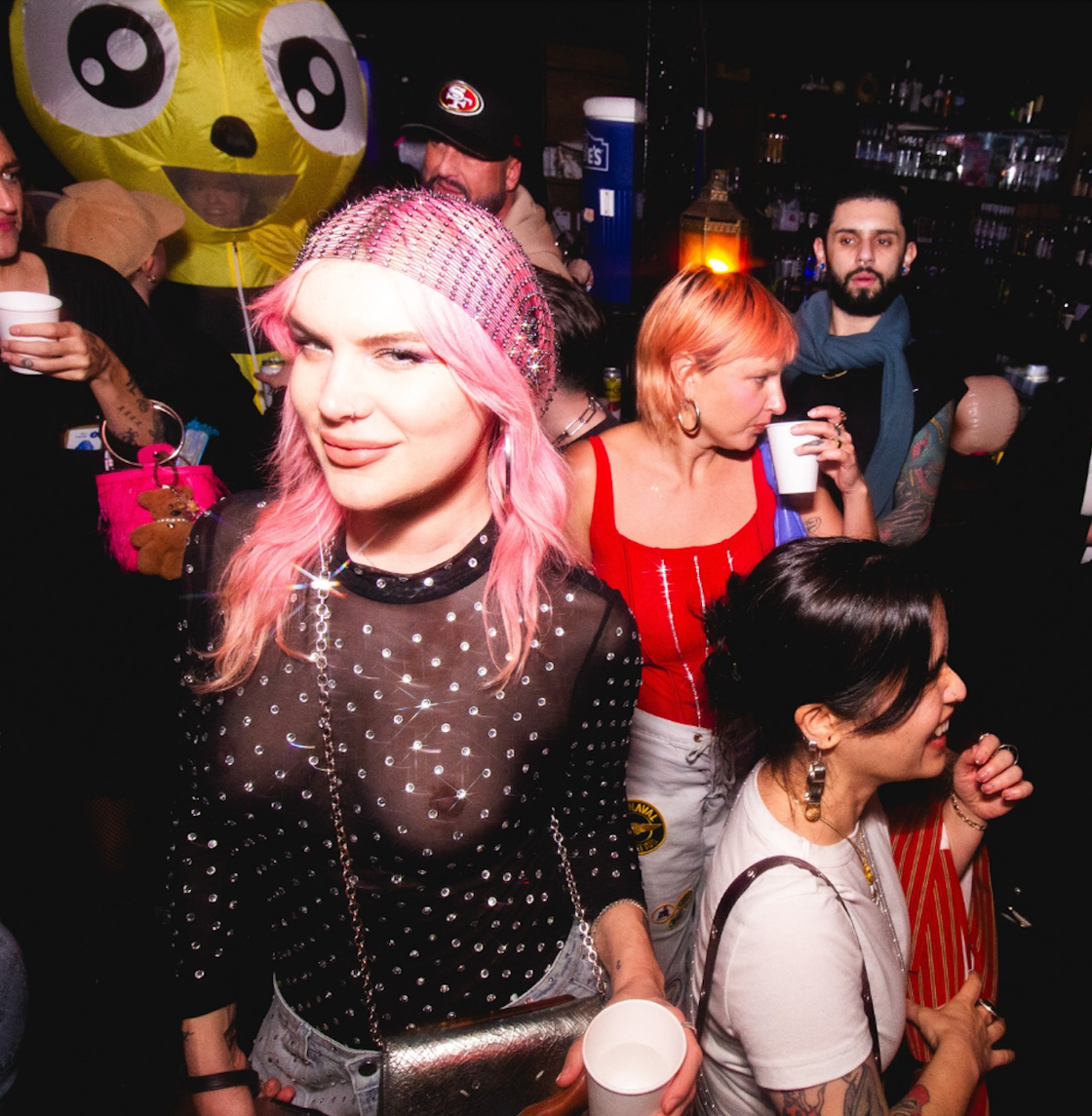

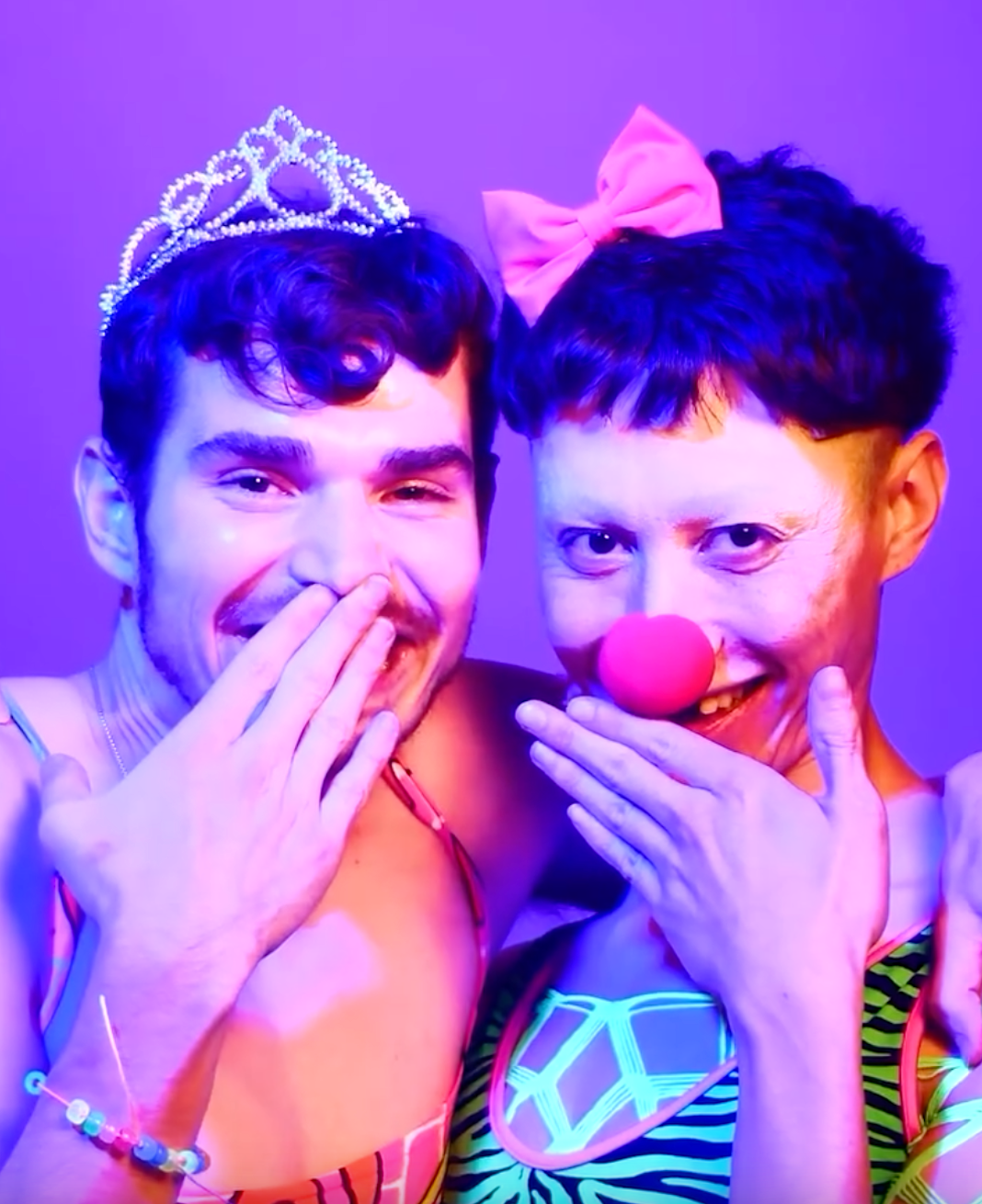
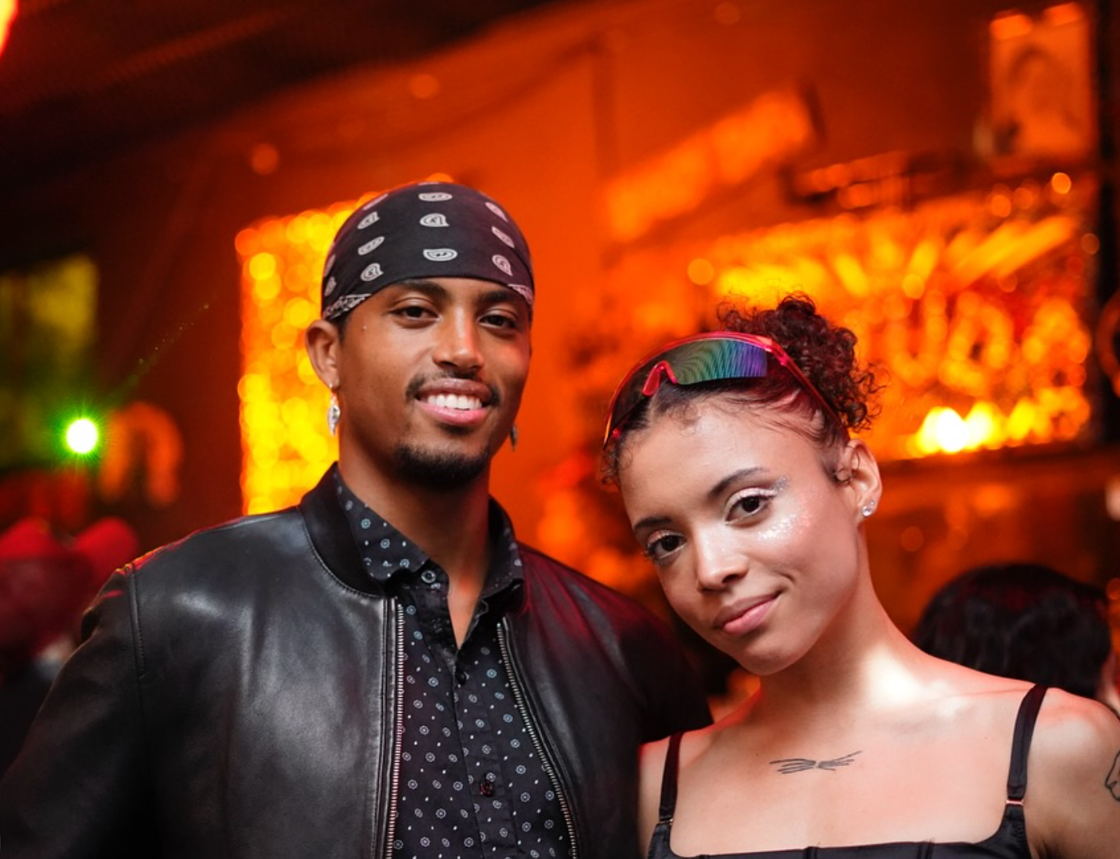
The Stud’s growing “All Welcome” lineup is one more sign the bar, like the community, is back with a vengeance, and a reminder of our remarkable resilience in the face of challenges.

 Mark
Mark 





